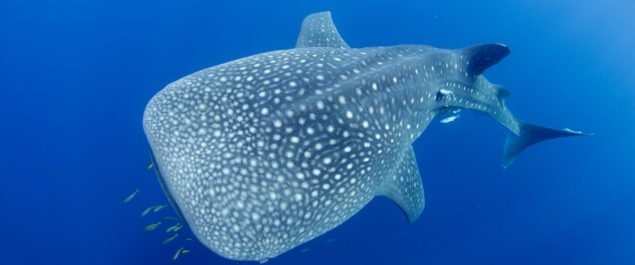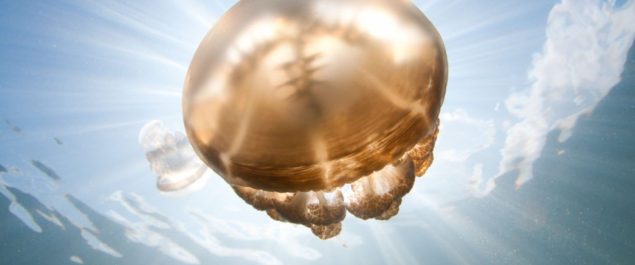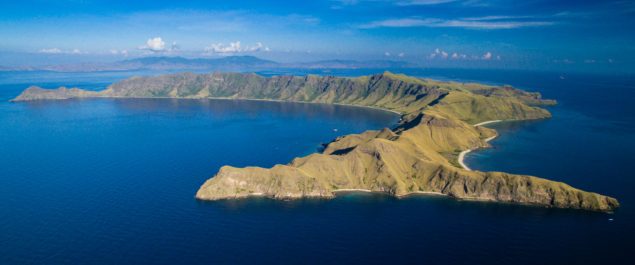Gobies – Animal Encounters
Often overlooked but never far from site, gobies are one of the most common residents on a coral reef. In fact, gobies are the largest family of fish with over 2000 species worldwide. Found in all sorts of environment, including brackish and fresh water, it’s almost a guarantee to find a goby when diving in Indonesia.
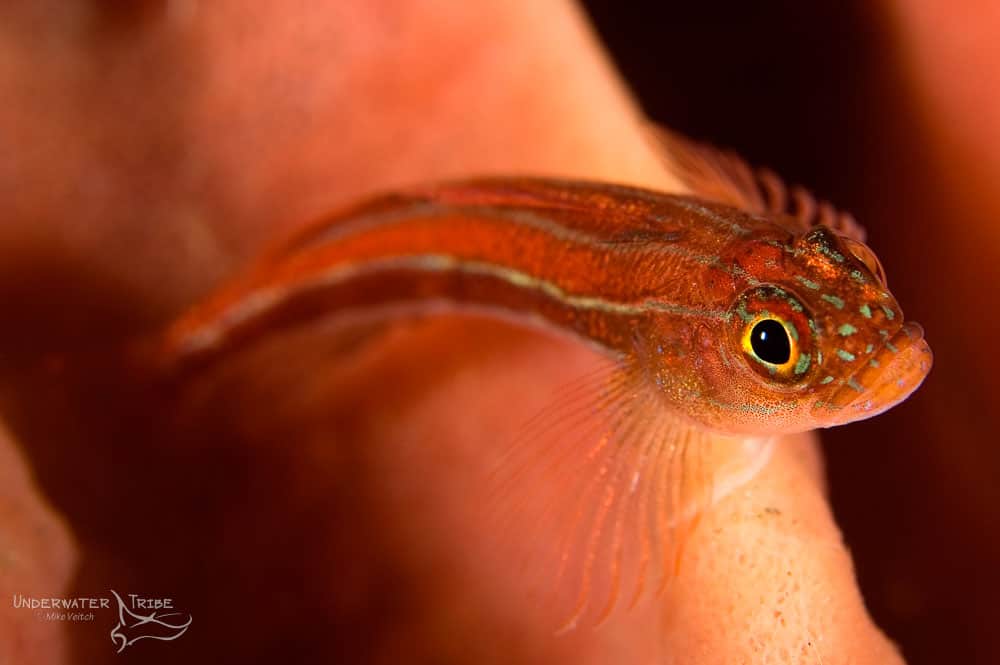
In Bali we dive in a variety of environments, from coral reefs to black sand sites. All of these sites offer exciting encounters for the goby lover. These tiny fish range in size from a mere 1 cm to over 30 cm in length. They mainly spend their lives on the bottom or perched on corals or other substrate. Their diet mainly consists of planktonic and other invertebrates but some larger species do eat other fish. They can live anywhere from one to ten years in ideal circumstances.
Gobies in Indonesia
Indonesia is home to hundreds of species of goby. Perhaps the most well known gobies are ones who live in a symbiotic relationship with blind shrimp. These bottom dwelling fish live a luxurious life inside a den that the shrimp constantly cleans. The goby offers guard dog protection for the shrimp in return for this service. The variety of colors that can be found of gobies and shrimp are incredible. Although often overlooked by divers, observing the behavior of these intriguing pairs is often the highlight of a dive.
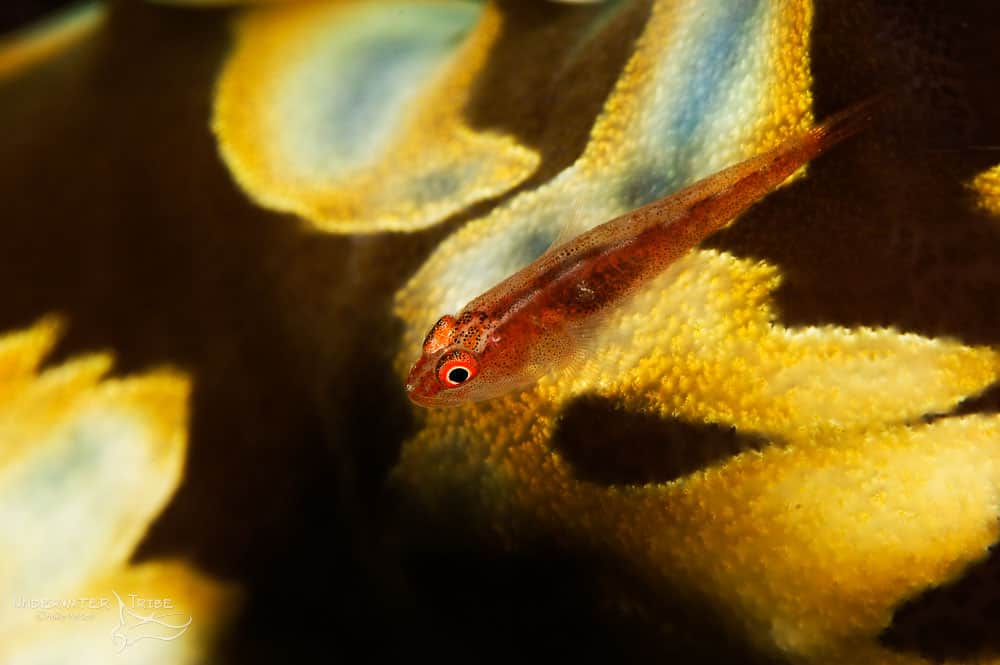
Dwarf gobies can be found on many structures on a dive site. Seafans, sea pens, soft corals, and tunicates are all common hosts to gobies. Keen eyed photographers can create wonderful photographs with the contrasting colors of a goby on its host. Many compositional opportunities can arise from dwarf gobies as their choice of home is often colorful.
Fascinating Gobies
One of the more fascinating species of goby is the “neon goby” and its closely related cousins. These Atlantic gobies are cleaners and inhabit a role similar to the familiar cleaner wrasse. This means they spend their life picking parasites off the skin of other ocean inhabitants. This includes large predatory fish such as barracuda and sharks who could swallow the goby without a second thought. These industrial little fish are an important cog in the ecosystem.
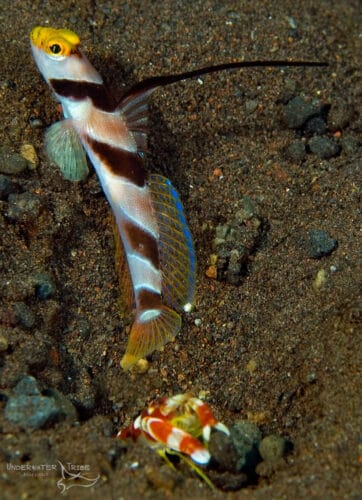 For photographers, capturing images of gobies is not an easy task. They are shy creatures and typically don’t allow divers to approach too closely. Their choice of habitat also means they have plenty of places to hide. They key for a photographer is approach slowly and cautiously. Rushing in to take a photo rarely results in a good capture. Instead, photographers should move by improvising a game of “stop and go”. Stop moving if the animal begins to show signs of nervousness, then move again once the animal calms down. Another important consideration is not to flip the camera toward the fish when looking at the photos or changing settings. It’s always best to back away, make the changes necessary for strobe position or settings, and then approach again. This will result in a subject which is less nervous and skittish.
For photographers, capturing images of gobies is not an easy task. They are shy creatures and typically don’t allow divers to approach too closely. Their choice of habitat also means they have plenty of places to hide. They key for a photographer is approach slowly and cautiously. Rushing in to take a photo rarely results in a good capture. Instead, photographers should move by improvising a game of “stop and go”. Stop moving if the animal begins to show signs of nervousness, then move again once the animal calms down. Another important consideration is not to flip the camera toward the fish when looking at the photos or changing settings. It’s always best to back away, make the changes necessary for strobe position or settings, and then approach again. This will result in a subject which is less nervous and skittish.
Diving in Bali
In Bali we have a huge variety of gobies. The black sand sites of the Tulamben and Amed areas are especially productive for goby enthusiasts. If you enjoy sighting or photographing gobies then Bali is the place for you. Our dive team are excellent spotters and know the habitat of different species well. They also understand how to move when near shy critters. If you would like to explore the waters of Bali then please Contact Us today and we will discuss the perfect Bali Dive Safari to suit your needs.
